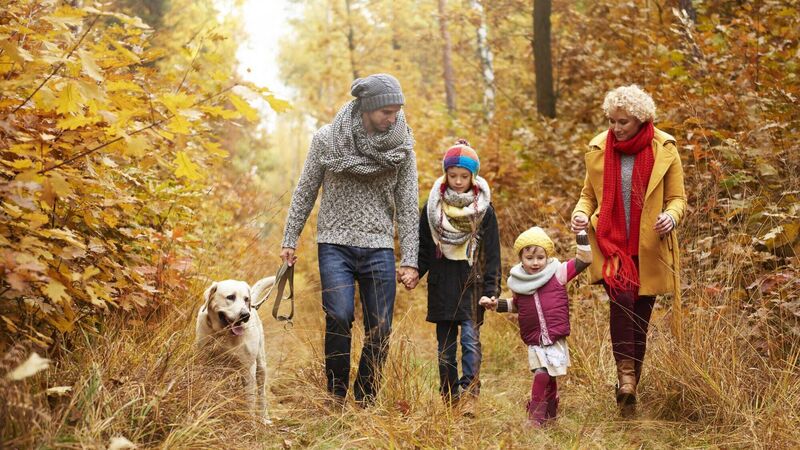Pete the Vet: How to keep yourself and your pet safe on dark winter walks

Pete the Vet: Tips for safely walking your dog.
We all know that we’re meant to take our dogs for twice-daily walks, but this isn’t always easy in the winter months. While some folk may be able to take their dogs out over lunchtime or at other times during the day, many others have to go out to work. Sometimes full daylight hasn’t yet arrived by the time they head off, and it’s already dark when they get home. Added to the low levels of daylight, the rain and wind of the Irish winter months don’t help. Many roads are too narrow for the level of traffic, pavements are almost non-existent, and fallen leaves and other vegetation add to the hazards. Going out with the dog on a leash can seem like an unpleasant, even dangerous task.
Yet those beloved pets still need to be walked: dogs that are kept indoors for too long end up becoming frustrated at their inability to express natural behaviours. They show their understandable frustration by barking, howling, messing in the house and chewing furniture, walls and doors. They’re very good at reminding us of our responsibilities as caring owners: the truth is that they do need to be taken out and about regularly, all year round.







